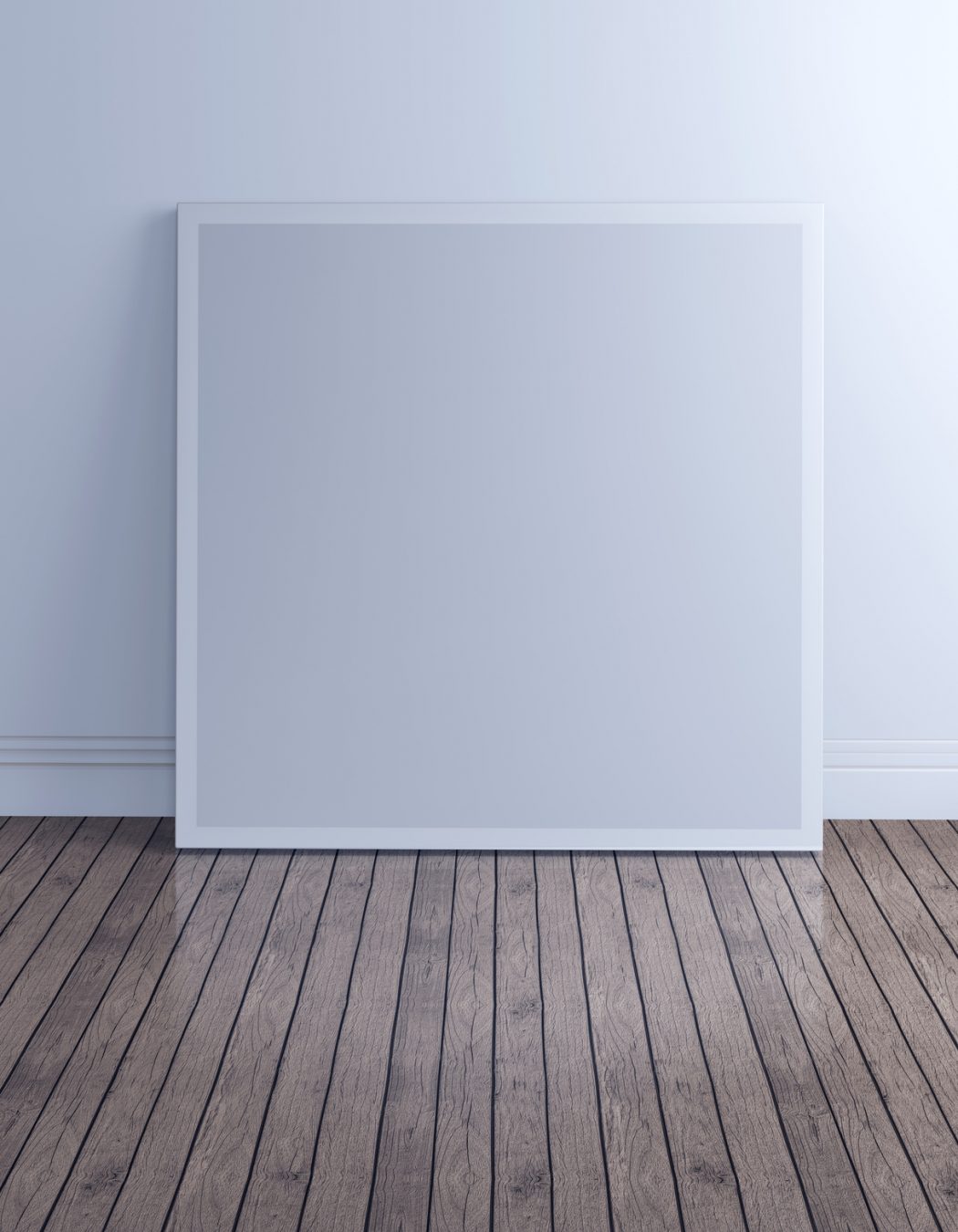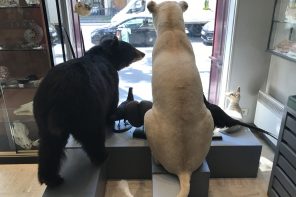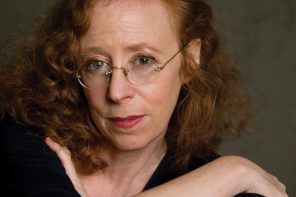Every Australian who becomes famous will, at some point in their career, get a knock on their door. On their doorstep will be an artist offering to paint their portrait, with a view to entering it into the Archibald Prize. If the portrait wins, the artist not only receives $50,000, but also plenty of attention, because the prize is one of Australia’s most important cultural events.
“The prize has huge charisma,” says Sheona White, Head of Public Programs at the Art Gallery of NSW, home of the prize. “It’s one of the few times that contemporary painting gets on the front page of the papers.”
Entrants must paint someone who is “distinguished in Art, Letters, Science or Politics”, and the subject has to sit for the painting. The prize is judged by the Gallery’s Trustees, which include two artists, as well as people from a broad range of professions, such as finance or academia. They make their decision over one exhausting weekend, sitting quietly at a table while the packing room staff carries in one entry at a time. “And then they judge the next one.” Typically, there more than 700 paintings competing in each competition. Around 40 paintings are ultimately chosen to hang in the Gallery.
There is also the Packing Room Prize, awarded by the five people whose job it is to unpack and handle the art. “They take them in and catalogue them, and have to find places to store them,” says White. “They spend a lot of time with the works.”
And then there’s the People’s Choice Award. “The People’s Choice use to go to works that were slavishly painted so you couldn’t see the brushstrokes, so the picture was like a realistic photograph,” says White. “Now people go for very thick paint that’s very expressive.
Intense interest
White suggests the Archibald Prize, which began in 1921, inherited charisma from its founder, J.F. Archibald – whose initials originally stood for ‘John Feltham’, but which he changed to ‘Jules Francoise’. “He was an extraordinary figure who grew up in rural Victoria and who was a fierce nationalist, but also – bizarrely – a Francophile,” says White. “He was going to head off to London to pursue a medical career, but he got waylaid in Sydney and got a job on a newspaper.” One of his first stories covered the trial of an Aboriginal man being tried for rape and murder. “He felt the man wasn’t get a fair trial and he wrote a very opinionated piece condemning it, which stirred up huge controversy.” For the rest of his career, Archibald continued to create controversy – and so has his prize.
“It’s interesting to look back and see the kind of scandals that have been around it,” says White. One such came in 1939, when Nora Heysen became the first woman to win. “The newspapers went crazy with that scandal. You get these big screaming headlines saying things like ‘Winner of Art Prize Found in Kitchen’, or ‘Girl Painter Who Won Art Prize is Also Good Cook’.”
More recently, the Trustees have been stumped by such questions as whether a painting of the Bananas in Pyjamas (characters from a children’s show) could be entered or not. “They couldn’t work out if the Bananas were male or female.” In the end, the picture went in. “Other times, the public gets upset because people don’t think the winner was worthy.”
The Bald Archy
The most entertaining riposte to the Archibald Prize is the Bald Archy Prize. Founded in Coolac in 1994, founder Peter Batey set out to “present an art competition that had a go at the pretensions of the art establishment”. Batey sent out a call for portraits that were satirical in nature. “We used to get cartoons with a balloon coming out of their mouths and someone speaking,” Batey recalls. “That’s changed and now the entries are much wittier and take well-known classics and rework them.”
One thing that hasn’t changed is the judge – a cockatoo named Maude. “I needed a suitably ridiculous judge to support the satiric nature of the event, so who better than my pet cockatoo,” says Batey. He explains that Maude’s aviary faces into his entertainment area where he watches the news, so she is well informed about the world. Her judging methods are simple; she’ll be shown a picture and will “scream and jump up and down three times if she likes it – if she doesn’t, she’ll scream obscenities. She has a filthy mouth.”
Batey, who has a dry wit, says the yearly delivery of pictures is like “Christmas morning under the tree – lots of socks! It’s become a political barometer,” such as the year he received non-stop Julia Gillard and Julian Assange [of Wikileaks] pictures. He says he enjoys seeing the entries arrive, even when “they’re naïve – I shouldn’t say ‘appalling’. There is a very wide range. The quality varies from the works of well-known and highly successful professionals, to people who can’t paint at all.”
The first portrait to win the Bald Archy featured Edmund Capon, then director of the Art Gallery of NSW. “He was in a powder blue suit – very effete – with an Eton boy haircut. I was overjoyed, because it totally expressed what the Bald Archy is all about.”
Capon did not, apparently, appreciate the portrait. Today, however, the Bald Archy Prize and the Archibald Prize have a good relationship, because visitors to one exhibition will often go to the next one. As for the future, Batey says that Maude “isn’t training anybody up. She’s always been a great fan of the Phantom comics – he died 11 times, I think – and she’s hoping that’s what will happen to her.”
Felicity Carter
This article first appeared in Where magazine, around 2010 (from memory!)




